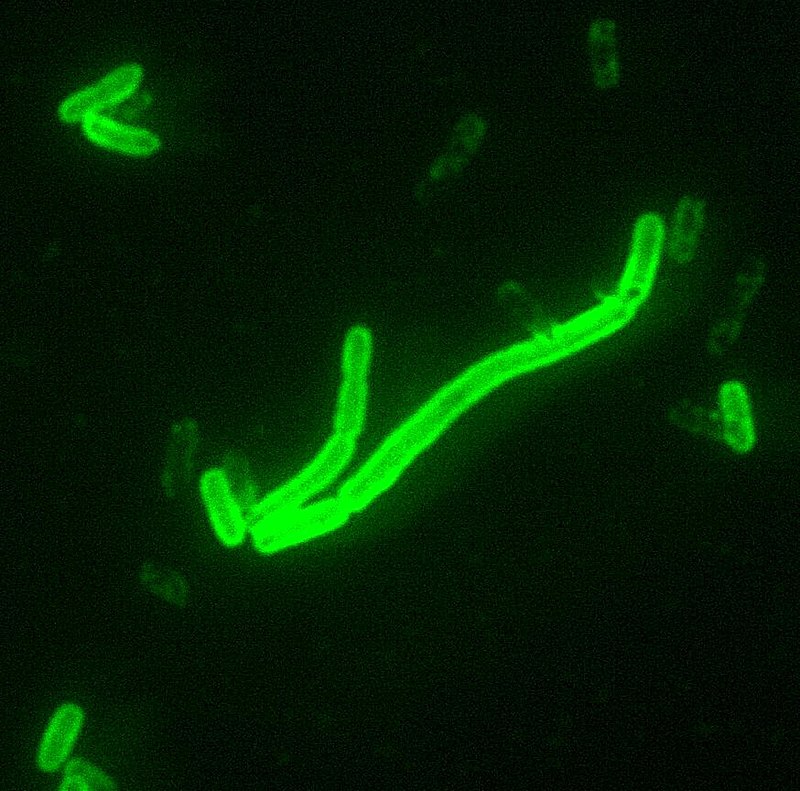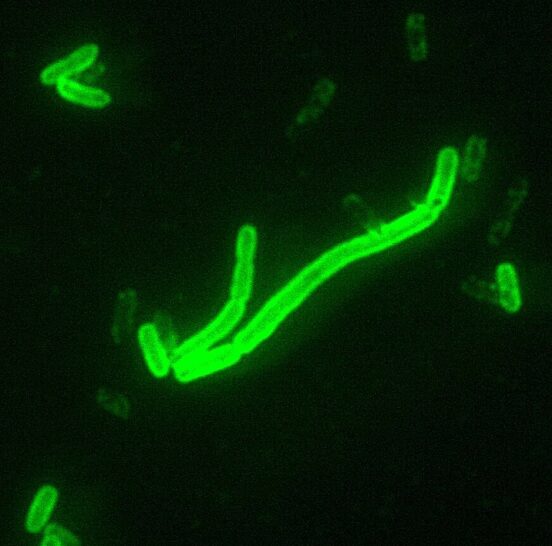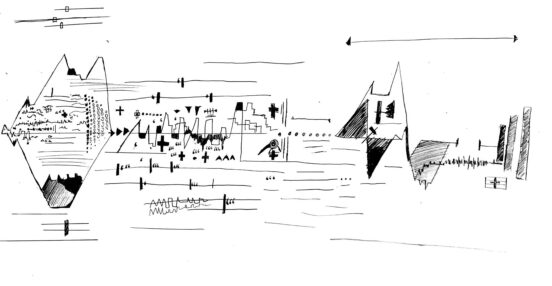


The Black Death was the worst plague in human history. The Black Death was first called “great pestilence”, “great mortality” and so on by writers of the time, and it was only in the 16th and 17th centuries that the name “Black Death” slowly emerged. It was only in the 16th and 17th centuries that the name “Black Death” emerged.
The main theory currently explaining the cause of the Black Death is the plague theory. The plague bacillus was discovered by the French physician and bacteriologist Alexandre Yersin of the Pasteur Institute in 1894 during the Hong Kong plague pandemic, which was then the cause of the plague that spread to India.
The origin of the Black Death is uncertain, but it is generally believed to have come from Asia. 1345-46, during the siege of the Crimean city of Kaffa, the eleventh Khan of the Mongol Golden Horde, Zanibe’s army threw plague victims from the army outside the city and into the city (or possibly infected rats entered the city and spread the disease), causing many soldiers and inhabitants of Kaffa to contract the plague. Many of the city’s merchants had to abandon the city and flee west across the Black Sea to Constantinople, allowing the Black Death to enter Europe in the summer of 1347
The ‘beak doctors’ were physicians who specialized in treating patients throughout Europe during the period of the Black Death. They wore anti-infectious beak-like masks to treat patients, hence the name ‘beak doctors’. These plague doctors often had little medical training and lacked clinical diagnostic skills; however, they were a valuable asset to towns and cities as there was a shortage of manpower in Europe.




